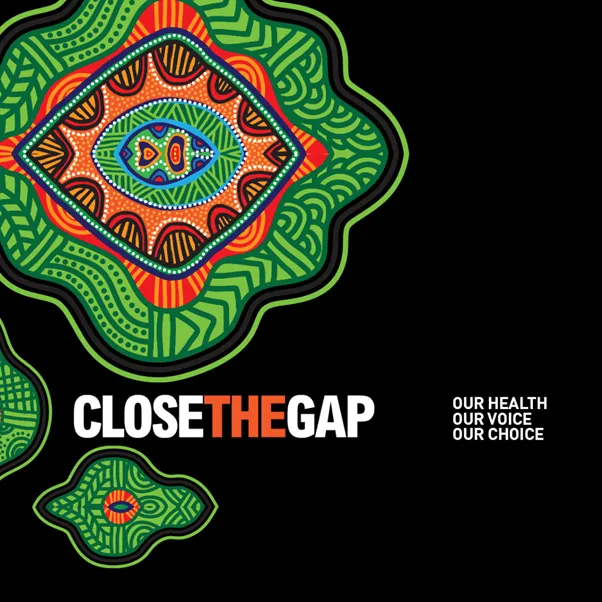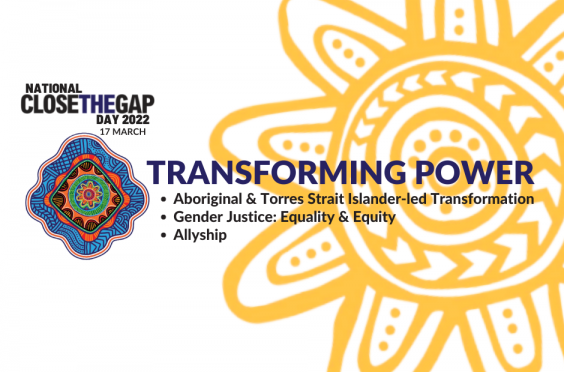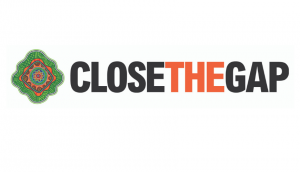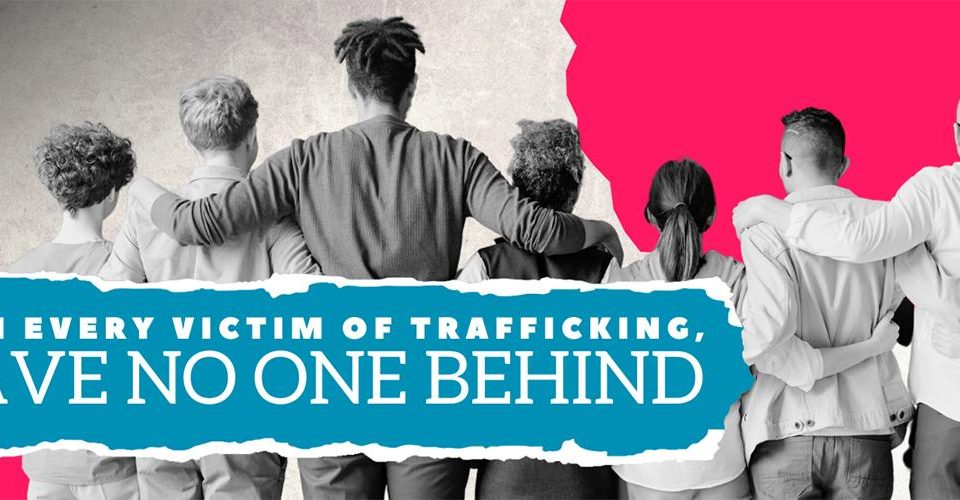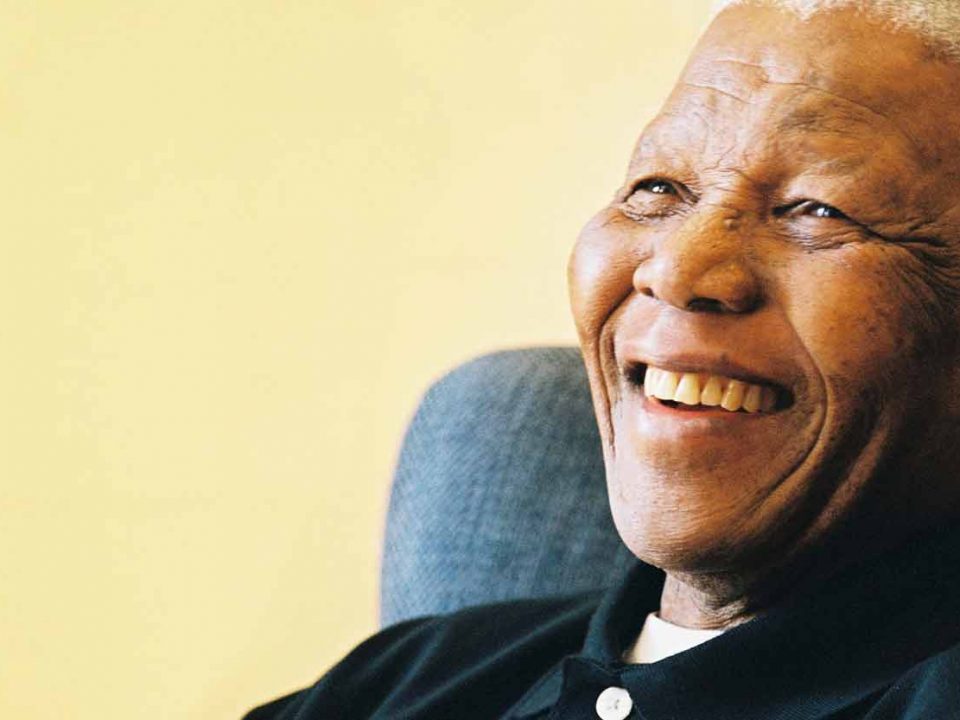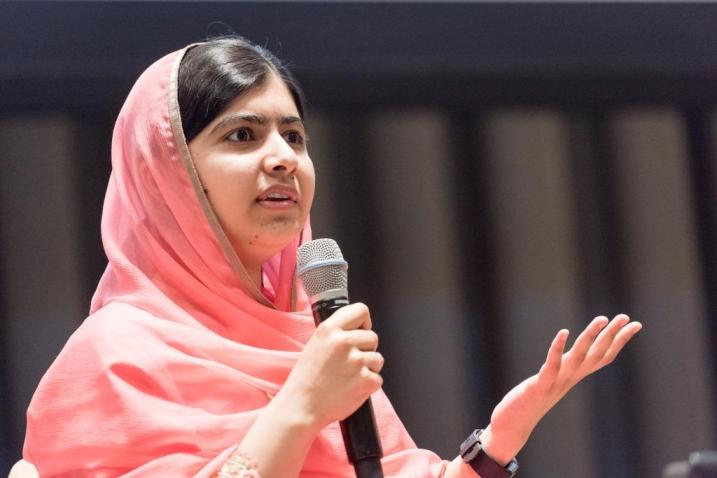Since 2005 the Close the Gap Campaign has grown
The Close the Gap campaign arose in response to Professor Tom Calma’s Social Justice Report (2005 ) which challenged governments to bring about health equality within a generation.
In Australia, Aboriginal infants die more often than non-Indigenous infants, Aboriginal people’s life expectancy is shorter, with more than double the rate of illness. For example, Australia has failed to eliminate preventable blindness and rheumatic heart disease, shameful outcomes for one of the wealthiest countries in the world.
The Steering Committee first met in March 2006. Their campaign was launched in April 2007 by patrons Catherine Freeman OAM and Ian Thorpe OAM. In 2007 the Council of Australian Governments (COAG) set measurable targets to track and assess developments in the health and wellbeing of Aboriginal and Torres Strait Islanders. These targets included achieving Aboriginal and Torres Strait Islander health equality within a generation and halving the mortality rate gap for children under five years old within a decade.
National Apology to Australia’s Indigenous peoples
In February 2008, in his Apology to Australia’s Indigenous peoples, Prime Minister Kevin Rudd pledged the government would attempt to bridge the gap between Indigenous and Non-Indigenous Australian health, education and living conditions, in a way that respects their rights to self-determination.
He also proposed to establish a commission to “close the gap” between Indigenous and non-Indigenous people in “life expectancy, educational achievement and economic opportunity”.
On 20 March 2008, about a month Rudd and then Opposition Leader Brendan Nelson, signed the Close the Gap Statement of Intent at the Close the Gap Campaign’s National Indigenous Health Equality Summit. The Statement of Intent committed the government to:
- Develop a comprehensive, long-term plan of action, targeted to need, evidence-based and capable of addressing the existing inequalities in health services, in order to achieve equality of health status and life expectancy between Aboriginal and Torres Strait Islander peoples and non-Indigenous Australians by 2030.
- Ensure the full participation of Aboriginal and Torres Strait Islander peoples and their representative bodies in all aspects of addressing their health needs.
The Statement of Intent became the point of reference for the Close the Gap Campaign.
Support a Voice to Parliament
A First Nations Voice to Parliament protected by the Constitution is a key element of the Uluru Statement from the Heart.
Speaking at the Garma Festival, Prime Minister Albanese put forward a possible referendum question: “Do you support an alteration to the Constitution that establishes an Aboriginal and Torres Strait Islander Voice?”
“Do you support an alteration to the Constitution that establishes an Aboriginal and Torres Strait Islander Voice?”
Skip to:
Why do we need a First Nations Voice?
A Voice to Parliament will give Indigenous communities a route to help inform policy and legal decisions that impact their lives. Giving people a say will lead to more effective results.
Embedding a Voice in the Constitution would recognise the special place of Aboriginal and Torres Strait Islander people in Australia’s history, but importantly would also mean that it can’t be shut down by successive Governments.
How do we get a First Nations Voice to Parliament?
We need a Referendum. This is a bit like an election, but instead of voting for people to be Members of Parliament, Australia will be asked to answer a simple question – like the one proposed by the Prime Minister – with a YES or a NO.
For a referendum to be successful it requires a majority of voters across the nation and a majority of voters in a majority of states—this is known as a double majority.
What work has been done so far?
The Voice was proposed in the Uluru Statment from the Heart.
It was presented to the nation five years ago on 26 May 2017 by delegates to the First Nations National Constitutional Convention, held over four days near Uluru in Central Australia.
The 250-member convention was held after the 16-member Referendum Council had travelled around the country and met with over 1,200 people.
The Uluru Statement from the Heart calls for, “… the establishment of a First Nations Voice enshrined in the Constitution and a Makarrata Commission to supervise a process of agreement-making and truth-telling about our history.”
In the five years since the release of the Uluru Statement from the Heart, a Joint Select Committee has considered the proposal.
An Indigenous Voice Co-design process outlined, in detail, options for how a Voice could work.
Further work will continue in partnership with Aboriginal and Torres Strait Islander people about what will go forward and ultimately the Australian people will be asked to support an Indigenous Voice to Parliament being enshrined in our Constitution.
Click here to Read More…

